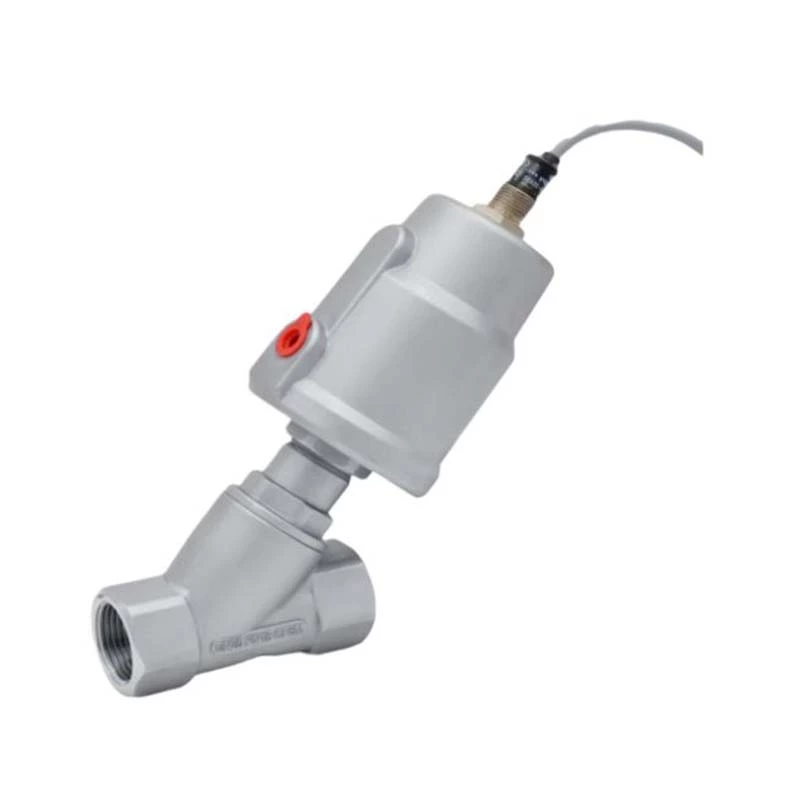How Much Do You Know About The Operating Principle Of Angle Seat Valve?
The Angle Seat Valve is a 2/2 way pneumatic piston valve where the piston actuator provides linear motion to lift the seal off its seat. Because the valve seat is located at an angle, flow is less obstructed in the open position, resulting in excellent flow rates and low pressure losses. They are used to regulate the flow of liquids, gases, steam, vacuum and even corrosive fluids. They can operate with high temperatures and high viscosity media even at zero differential pressure. The rugged design makes angle seat valves a popular choice for harsh applications and they have a very high cycle life. Therefore, they are a long life alternative to ball valves. These inlet valves are also a suitable replacement for inlet solenoid valves, especially in contaminated viscous media where typical solenoid valves will fail. They can be operated using single or double acting constructions, which has an impact on their pressure ratings.
Angle seat valves use a pneumatically driven piston to lift the seal off the seat. They are characterized by high flow rates and high cycle life. Due to the angle of the seat, flow is maximized when the valve is open.
Angle seat valves are pneumatically operated so that air pressure is used to control a piston actuator which lifts the valve plug from its seat. Normally closed (NC) valves usually close the valve under non-pressurized conditions and use a spring to return the valve to its resting state. Normally open (NO) valves have the valve opening always open unless air pressure acts to close it. If the spring is placed on the opposite side of the piston actuator, a NO valve can be obtained. Double acting valves can be used to handle flow in both directions. These valves have no springs and depend on the air supply to determine the valve position. These configurations affect the rated pressure of the valve. Flow over and under the valve (causing the valve to open) will reduce the water hammer effect but will generally reduce the maximum working pressure of the valve by 50%. However, installing a strong return spring will help increase the working pressure but will require a larger actuator to overcome this increased spring strength. By limiting the compressed air supply flow with flow over the valve seat (causing the valve to close), maximum working pressure can be achieved and water hammer can be reduced.
